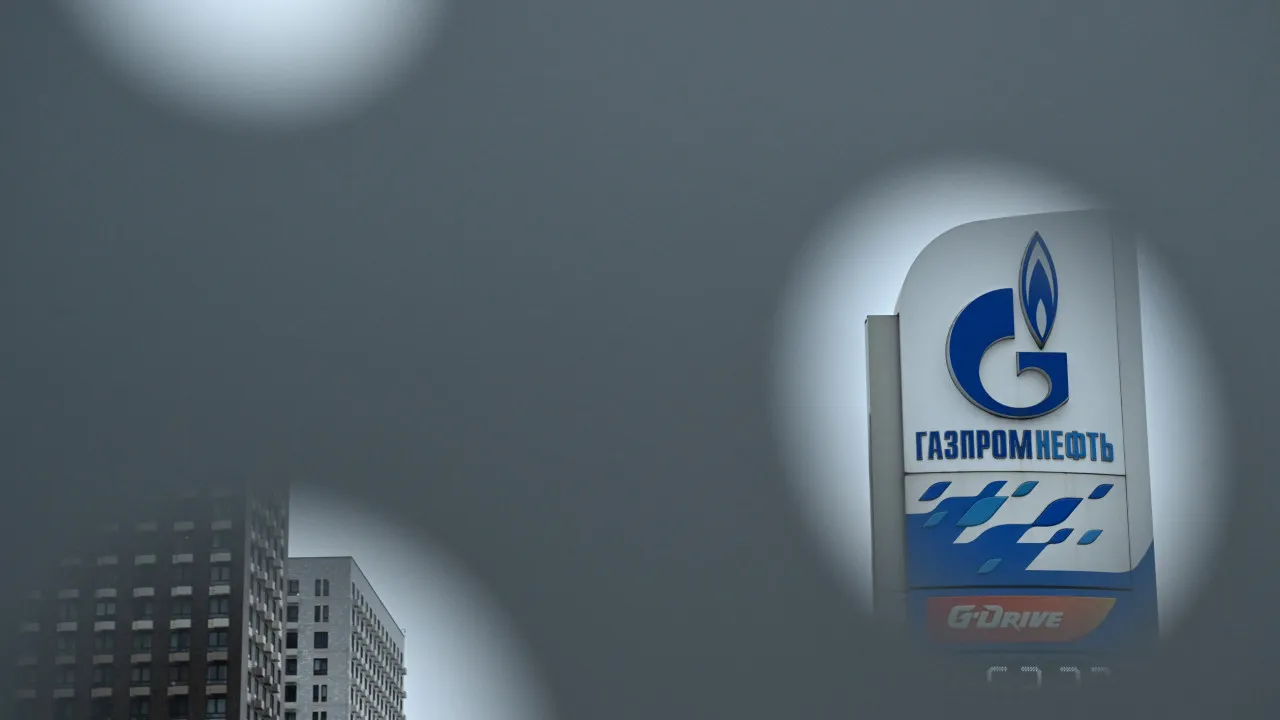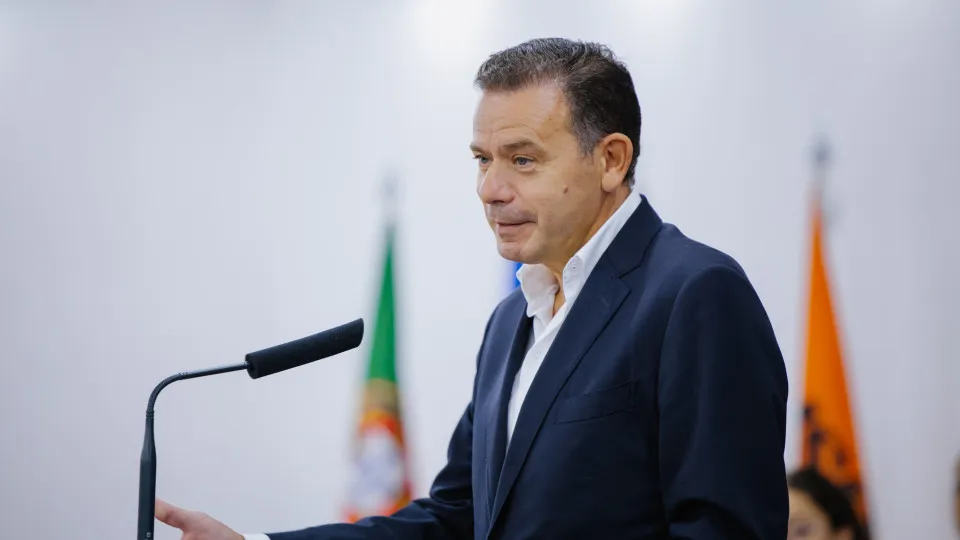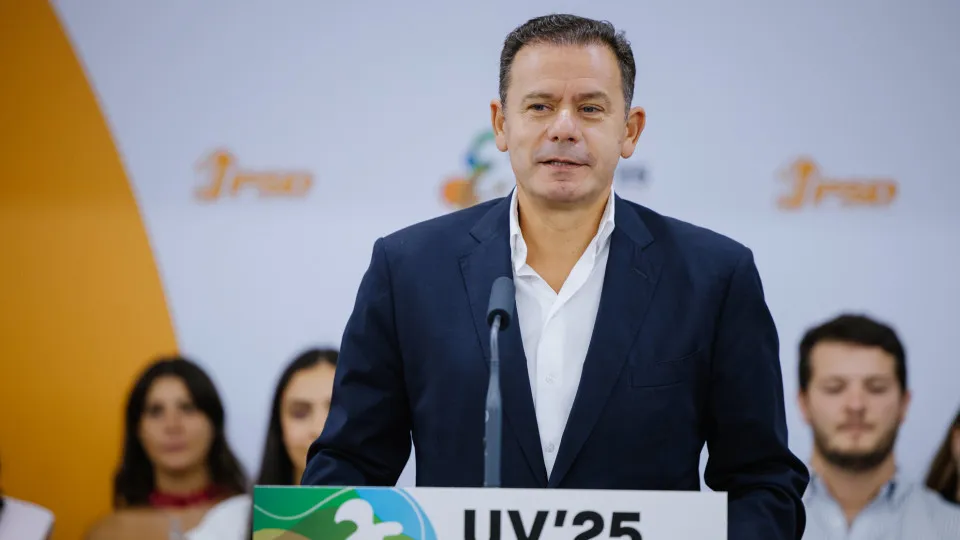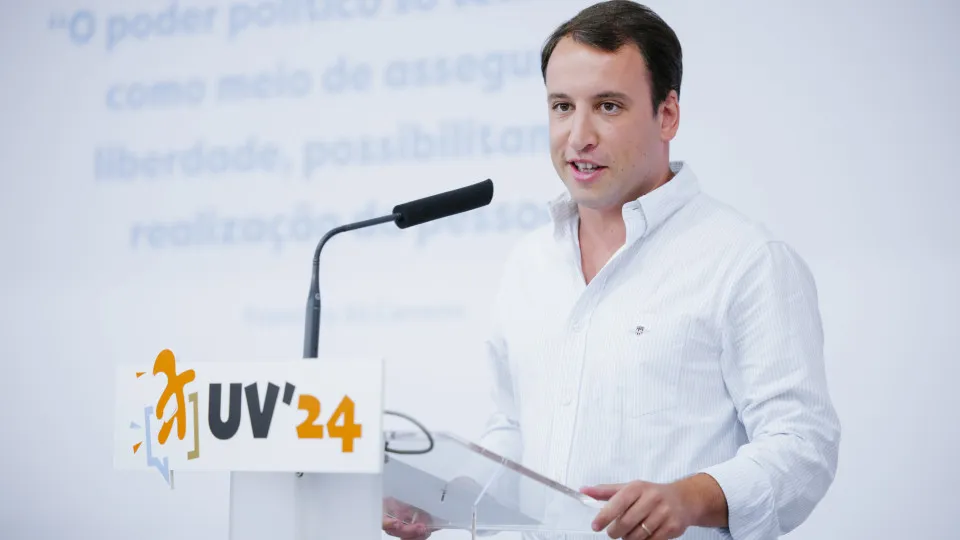
The right-hand man of Russian President Vladimir Putin has recently embarked on a significant restructuring process as the alternative in China has not yet met expectations.
The revenues from the European front, which accounted for 40% of the total, are now not only blocked, but resuming supply through the Nord Stream pipelines is nearly impossible due to the damage sustained after the 2022 explosions.
This year also began with the closure of the pipeline passing through Ukraine, leaving only some supplies to Europe via the pipeline through Turkey. However, this does not generate enough revenue to make up for the substantial losses experienced.
In comparison, Russia now exports about 50 million cubic meters of gas daily to Europe through TurkStream, as opposed to almost 500 million cubic meters in 2020.
Experts examining data from Russian companies face issues such as lack of transparency and accounting.
On this subject, Alexandr Diukov, a senior executive at the Gazprom conglomerate, stated at the St. Petersburg International Economic Forum that the gas company is also attempting to better coordinate with the government and become more transparent, even if only with the Ministry of Finance.
“This will enhance mutual trust between the oil companies and the ministry, as well as allow for more effective fiscal decision-making,” he said.
However, in 2023, when Gazprom directly and indirectly employed nearly half a million people, it reported its first losses since 1999, a negative record of 583,000 billion rubles (over $7 billion).
Moreover, the accounting data presented last March for 2024 diametrically contradicted those presented just a month later, with losses exceeding one trillion rubles (over $15 billion) transforming into net profits of approximately the same amount.
According to internal company documents, the poor results prompted the consortium to initiate an unprecedented transformation plan, including reducing the number of employees at its headquarters in St. Petersburg from 4,100 to 2,500 (nearly 40%), closing international offices such as in Brussels and Tokyo, and taking other measures like closing subsidiaries and selling assets.
Last year, the company announced the sale of numerous assets, including luxury real estate like the headquarters of Gazprom Exports, a historic building near the Alexandrinsky Theatre in central St. Petersburg, as well as holiday homes given as prizes to its employees.
Other transformation projects may also involve diversification, as in April, Gazprom announced it would produce Bosch home appliances without the German company’s authorization.
Paradoxically, domestic connection and gas access were once priorities for Gazprom, but it has shifted focus to easy export revenues to the West, delaying gas supply across Russia for decades.
Now, with the Western market closed, where the Russian gas company concentrated most of its efforts, it is forced to pivot towards China and the domestic market, a project that was previously unsuccessful and unrealized.
The recently signed agreements between Russian President Vladimir Putin and Chinese counterpart Xi Jinping provide hope for Gazprom’s project to construct a pipeline (Siberian Force-2) with a capacity of 50 billion cubic meters annually, as the existing 38 billion cubic meters from Siberian Force-1 are insufficient to meet the Asian neighbor’s industry needs.
Nonetheless, this figure also falls short for Gazprom’s revenues, as experts like Mikhail Krutikhin highlight that China buys Russian gas at a significantly lower price, much like the post-Soviet partners in the Commonwealth of Independent States, who purchase gas up to three or four times below the price set for Central European customers.
On the other hand, the gasification of Russia’s interior materialized in April with the announcement of the Belogorsk-Jabarovsk pipeline project, an 828-kilometer stretch that will also connect to the Siberian Forces’ lines.




